‘Insidious: The Red Door’ Looks Like It Was Filmed in a Garbage Disposal
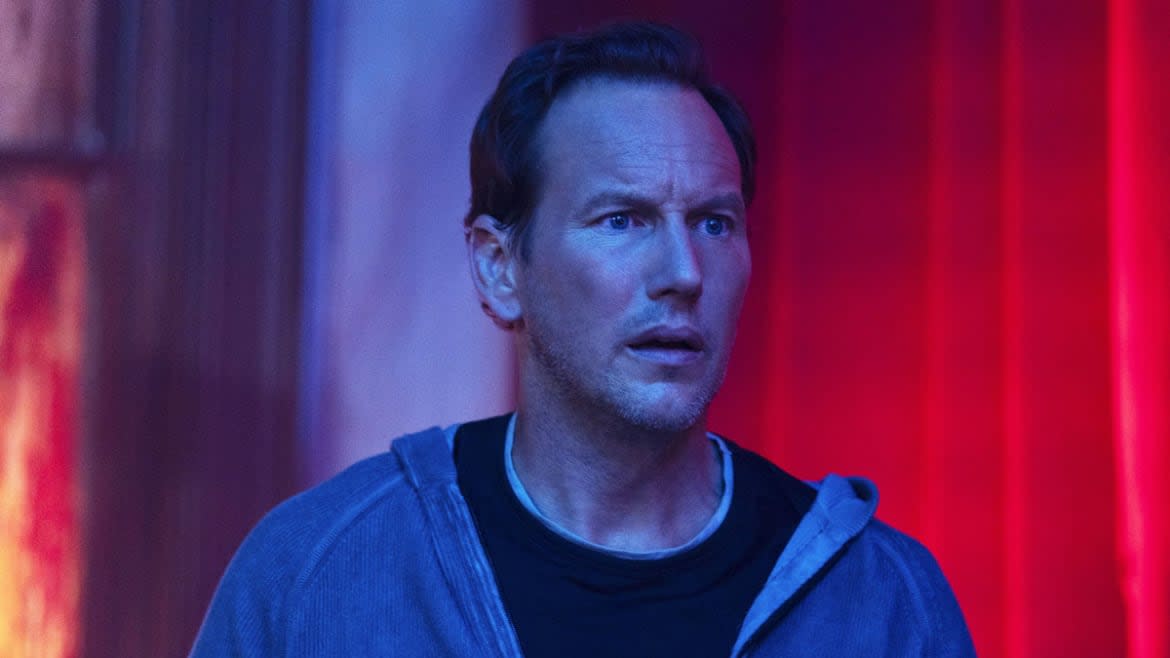
- Oops!Something went wrong.Please try again later.
- Oops!Something went wrong.Please try again later.
- Oops!Something went wrong.Please try again later.
- Oops!Something went wrong.Please try again later.
- Oops!Something went wrong.Please try again later.
The less popular and more dim-witted sibling to his The Conjuring franchise, James Wan’s Insidious series balances hoary clichés with unintentionally hilarious nonsense about astral projection, an alternate realm known as the Further, and creaky creatures that resemble second-hand haunted house spooks—or, in the case of the original film, Star Wars: Episode I—The Phantom Menace’s fire-faced Darth Maul.
It’s the dregs of mainstream horror, silly and scare-free save for an occasionally decent jolt. And following 2018’s turgid Insidious: The Last Key, it’s now back for additional banal terror with Insidious: The Red Door, a sequel that takes place directly after 2013’s Insidious: Chapter 2, thereby allowing for the return of primary stars Patrick Wilson and Rose Byrne.
Wilson also makes his directorial debut with Insidious: The Red Door (in theaters July 7), given that Wan has moved on to bigger blockbuster fare like the forthcoming Aquaman and the Lost Kingdom. Nonetheless, co-creator (and co-star) Leigh Whannell remains responsible for helping conceive the story upon which Scott Teems’ script is based. Such creative continuity, alas, simply means that the film peddles more of its trademark supernatural inanity. Its characters may be desperate to remember the things they’ve willfully suppressed, but as this dud confirms, some things are best left forgotten.
At the conclusion of Insidious: Chapter 2, teacher Josh Lambert (Wilson) and oldest son Dalton (Ty Simpkins) had their memories hidden away in the deepest, darkest recesses of their mind as a means of preventing them from using their shared ability to journey, in sleep, to the Further, a netherworld where evil spirits lurk, hungry for life and eager to possess would-be trespassers.
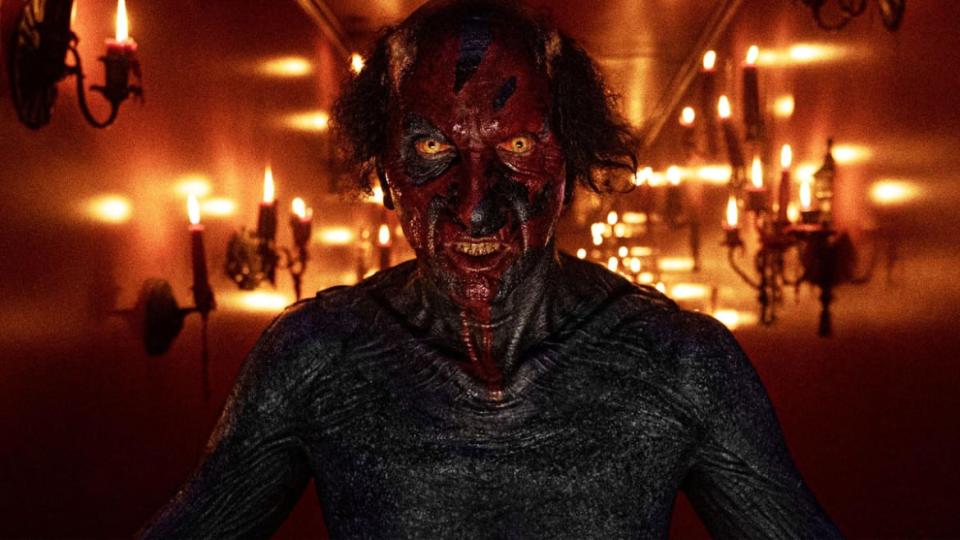
Nine years later, the results of that process are rather dispiriting. Thanks to his perplexingly foggy brain, Josh has divorced wife Renai (Byrne) and become an absentee father to his three kids. Dalton, meanwhile, is a surly teenager whose disinterest in having his dad drive him to college is almost as great as Josh’s own reluctance to perform that task. They’re an at-odds pair who don’t know why they’re such individual and conjoined messes, and clarity arrives slowly—a situation that grows increasingly frustrating, considering that it renders the film a waiting game for Josh and Dalton to recall things the audience already knows.
At school, Dalton befriends Chris (Sinclair Daniel), an outgoing girl who accidentally winds up as his (temporary) dorm-mate, as well as attends an art class run by a teacher (Hiam Abbass) who encourages her students to tap into their subconsciouses for their work. By doing so, Dalton produces an eerie drawing of the malevolent red door seen in the earlier films. He doesn’t know what lurks behind it, yet it’s not long before he starts having visions from his past and of the other side.
Grumpily dragged to a fraternity party by Chris, Dalton spies the puking ghost of a dead kid, and courtesy of Chris’ handy internet sleuthing—which turns up a video by paranormal experts Specs (Whannell) and Tucker (Angus Sampson)—he eventually deduces that he can astral-project his soul out of his slumbering body. This compels him and Chris to test out his skills back at the frat house, leading to one of many sequences marked by a prolonged build-up and no pay-off.
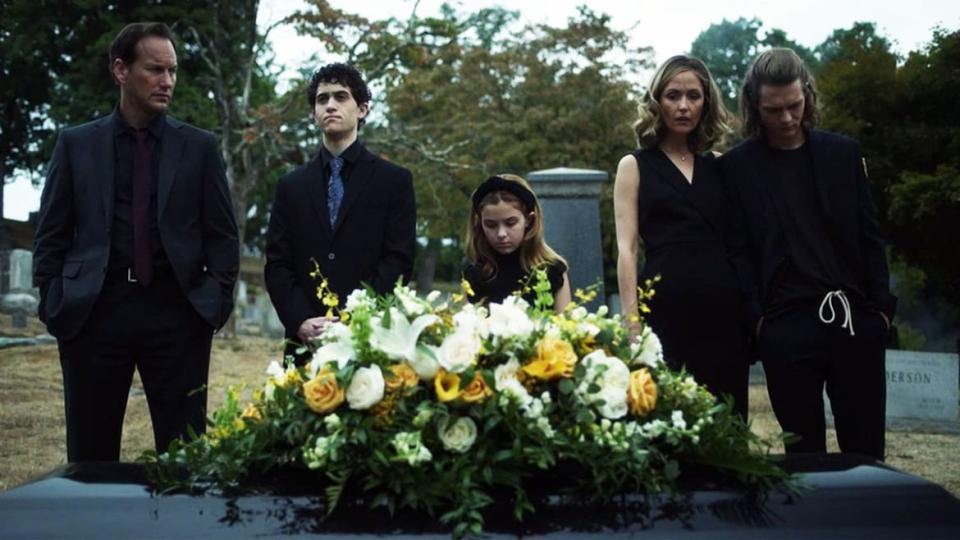
As Dalton tries to deduce the relationship between his talent and his creepy painting (which soon boasts a mysterious foreground figure wielding a hammer), Josh strives to get to the bottom of his cognitive haze. This proves to be Insidious: The Red Door’s strongest section, as the weary Josh’s MRI begets some potent claustrophobic suspense. Better still is his subsequent attempt to get his synapses firing properly by playing a game of memory with pictures of his family taped to a large paneled window.
Wilson directs this scene with aplomb, affording recurring glimpses of a fuzzy front-lawn specter who appears to be approaching the house, and then delivering a shock that works thanks to some arrhythmic editing. It’s the sole moment throughout this endeavor that genuinely rattles the nerves, and it makes one wish that Wilson had focused more of his efforts on unexpected frights like these, rather than on the misty, murky mayhem that ensues.
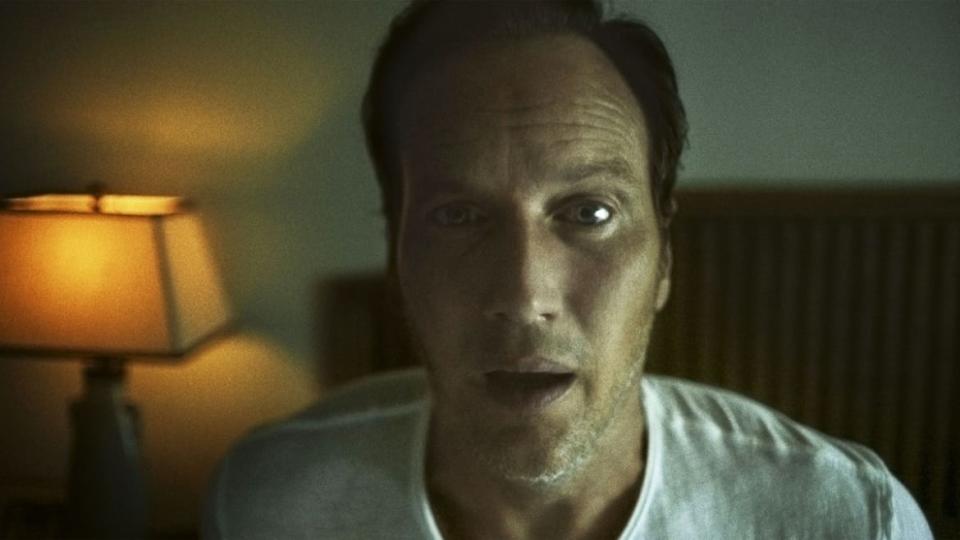
Speaking of which—Insidious: The Red Door may be the ugliest movie of 2023, less because of Wilson’s framing and camerawork (which are reasonably assured) than because of his decision to drench everything in sewage-y hues or, just as often, opaque gloom. His aesthetic seems to be “inside of a garbage disposal,” and it undercuts the action’s intermittent flickers of energy. Abbass’ professor advises Dalton and his classmates to find “balance between light and dark,” but the film doesn’t take her advice, leaning so heavily into muddiness that the bright and sunshiny finale comes across as both a joke (because the contrast is so exaggerated) and a taunt (since it proves that the production was, in fact, capable of illuminating a set).
Insidious: The Red Door grows less chilling as it gets closer to the Further, and Josh and Dalton’s climactic confrontation with unholy forces is almost stunningly limp. At least the maiden two Insidious movies tried to concoct a reason for Josh and Dalton’s hauntings; here, on the other hand, their ordeal feels threadbare and scattershot. Wilson can do this disturbed-and-haggard routine in his sleep, and his commitment to his part is commendable. It’s not enough, however, to enliven this moribund material, which strains to put its protagonists in unpredictable danger and resorts to quick-and-easy exposition to clue them into their suppressed-superpowers condition before they fall prey to pesky demons.
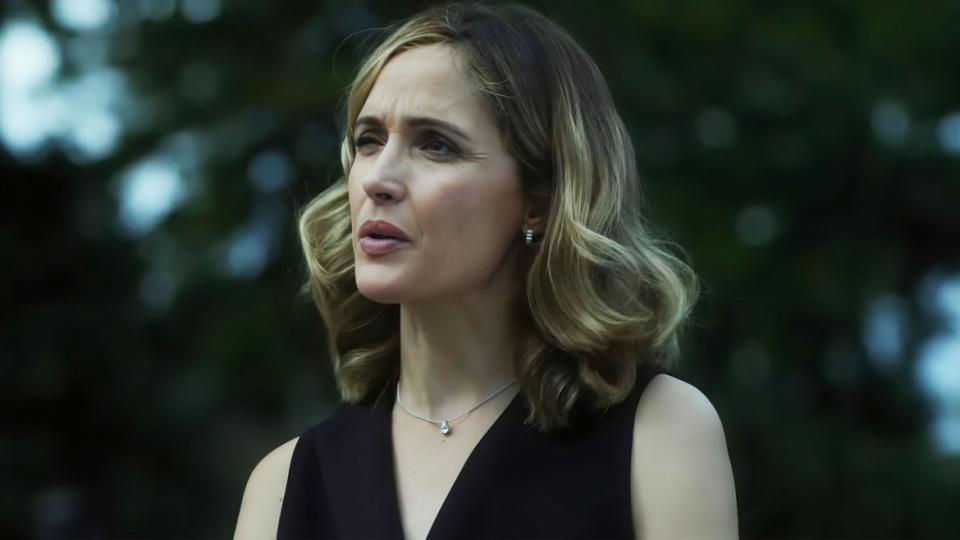
Simpkins is merely asked to monotonously brood (an assignment he ably accomplishes), and his chemistry with Daniel is strained and flat. Byrne, on the other hand, gives a far more invigorated turn than her glorified-cameo role deserves. Lin Shaye is also trotted out for a couple of fan-service appearances, selling the proceedings’ mumbo jumbo better than anyone might reasonably expect. Neither of them, though, can salvage this ineffective and unnecessary installment, whose own destiny is to swiftly vanish from viewers’ minds.
Liked this review? Sign up to get our weekly See Skip newsletter every Tuesday and find out what new shows and movies are worth watching, and which aren’t.
Get the Daily Beast's biggest scoops and scandals delivered right to your inbox. Sign up now.
Stay informed and gain unlimited access to the Daily Beast's unmatched reporting. Subscribe now.

